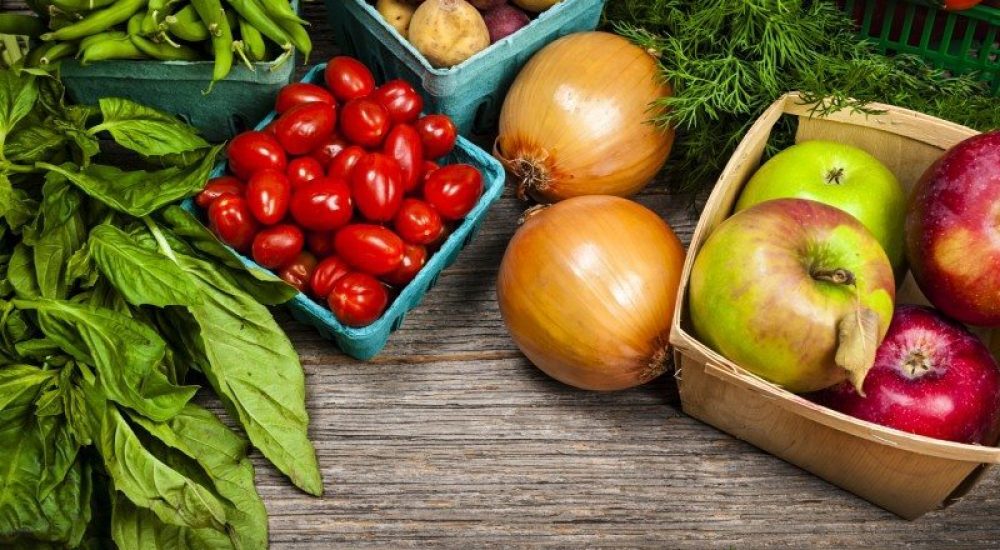Think about all of the meals that you ate today.
Did you have to think about:
1. Did you eat today?
2. Did you have enough to eat today?
3. What would you like to eat today?
4. Or did you not even think about food as you may eat whatever you like whenever you like?
Many of the students that we serve in our Expanded Learning programs answer different questions than the ones we probably answered. More and more students rely on the food that is being served in school cafeterias all across the nation for food security. Many of the students in our after school and summer programs eat breakfast, lunch, and a snack and/or meal during our care with many of them not having anything else to eat when they go home at the end of our programs. Think about the needs of your own community and the opportunities for us to play a vital role in the food security of the students that we serve each and every day.
I remember running a local program with 385 students at that time.
We were only implementing a snack program because the Child and Adult Care Food Program Supper/Meal program was not available to us yet at that time. I recall this one particular Friday afternoon when my staff member came to me with a 3rd grade child during the snack portion of the program and my staff informed me that she caught the student stuffing multiple snacks from our goodie box into her backpack. Obviously this was against the snack program’s regulations and as I sat down with the student I remember not asking her, “Why did you steal the snack?” but instead asking her, “Tell me what’s happening?”
In retrospect I am so glad that I took this approach because that day I learned a very valuable lesson on why I do what I do and how I run and implement programs. The student told me that the snack was not for her, but instead it was for her little brother who unfortunately was stuck on our waiting list due not having enough space in his grade level. She continued to tell me that this snack which consisted of 6 oz of juice and goldfish crackers often was the last thing she had to eat until she came back to school on Monday morning for the breakfast program.
Her little brother was not as fortunate as the lunch that he received during school which is served at around 11:30 a.m. was often his last meal. When these kids woke up on Saturday morning they looked forward to the snack that she had gathered during the week to make it through breakfast during Saturday mornings.
The Child and Adult Care Food Program (CACFP) Meal program launched in 2010.
Since then I have made it my mission to let as many people know about this amazing opportunity to serve students a heartier meal during their after school program and the importance that this meal could play in the food security of the students that we serve each and every day. Since 2010 we have seen the number of sites in California that serve the meal program increase to currently about 2,600 sites which serve approximately 4 million meals per month. There is still a lot of work left to do.
Our programs represent yet another opportunity to complement the school day in contributing to academic enrichment and food security. The meal program represents another opportunity to have a conversation about healthy foods, offer nutrition education, create positive relationships with caring adults and their peers and more importantly give our students another opportunity to eat so they can remain healthy and ready to learn.
My call to action is for you to continue the conversation in your own community about your role in the food security of your students and how food security can help your students achieve the goals and vision your program has identified to help address the needs of your community.
For breakfast I had a protein shake and a teaspoon of apple cider vinegar.
Author Profile: @brunomarchesi
